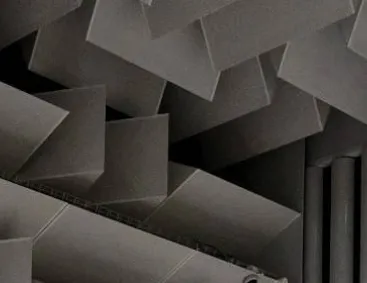Tips and points to watch out for
Disseminating your publications in open access is increasingly becoming an obligation (for the CNRS Annual Activity Report CRAC, for projects funded by the ANR or as part of Horizon Europe...). In any case, it is strongly recommended for all publications resulting from publicly-funded research projects.
There are different ways of publishing or disseminating an article in open access; not all are equivalent in terms of cost, and some are even problematic in terms of the sustainability of the economic model enabling access to research results. We're thinking here in particular of the ever-rising costs of subscriptions and the development of an author-pays system for open access publishing, which constitutes a form of conflict of interest and encourages the emergence of predatory, low-quality publishing.
The logigram below formalises these different publishing routes and indicates recommendations and points of vigilance (click on the circles for more information):
The main recommendations
- The Ecole Centrale de Lyon has chosen HAL as its institutional archive for scientific publications. It is therefore necessary for researchers to systematically report their publications there, and strongly recommended to deposit the full text (pdf) of the publication there, with a maximum embargo of 6 months after publication in the journal (12 months in SHS), in accordance with the Law for a Digital Republic.
- It is strongly discouraged to pay publication fees to publish in hybrid journals (publishing both open access and subscription articles). In such cases, prefer to publish under subscription and deposit the accepted author manuscript in HAL.
- Before paying publication fees, check that:
- it is not a predatory-journal ;
- Centrale Lyon does not have a subscription with the publisher that allows the exemption of publication fees for its researchers (check the list of eligible journals at Elsevier, Wiley, Springer and Cambridge University Press).
- In the context of a funded project requiring open access dissemination upon publication (ANR projects, for example), it is recommended to apply the rights retention strategy, which guarantees the open access of the accepted author manuscript (MAA) at the time of publication: see the guide to implementing this strategy.
Have a question? Please contact us!
For any questions about open science, please feel free to contact us via the "Research Services - Open Access, HAL, Bibliometrics" form.


